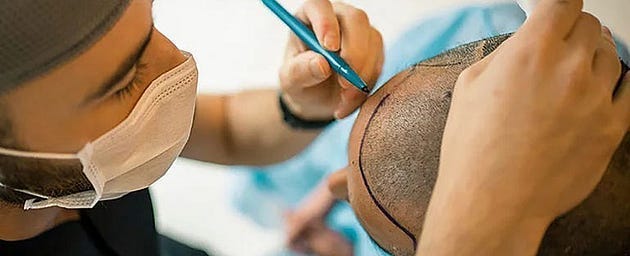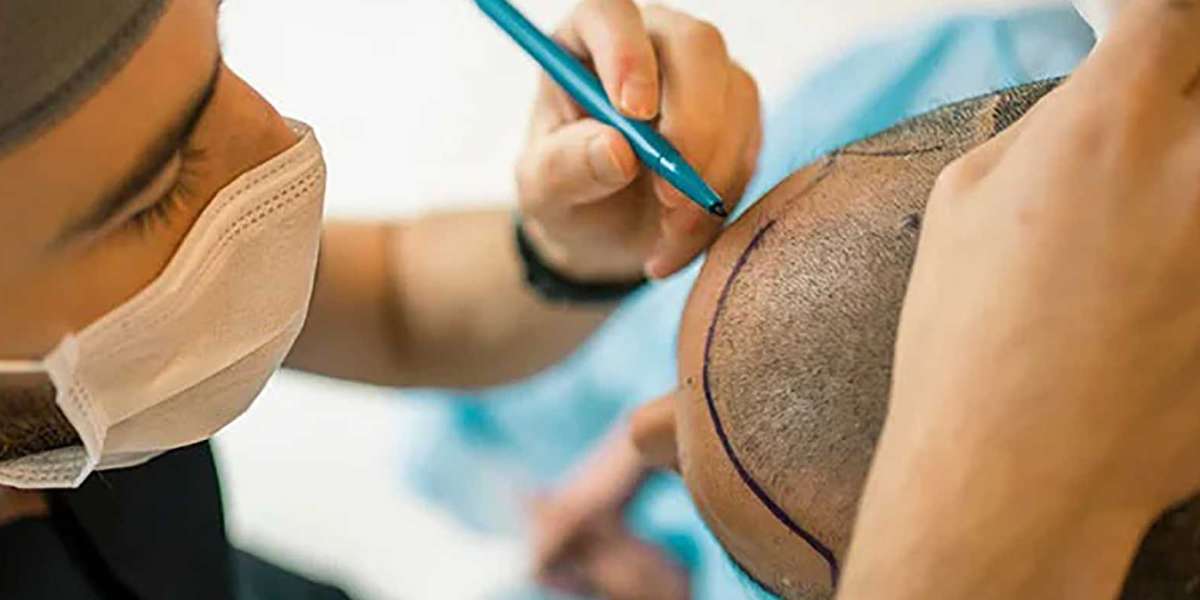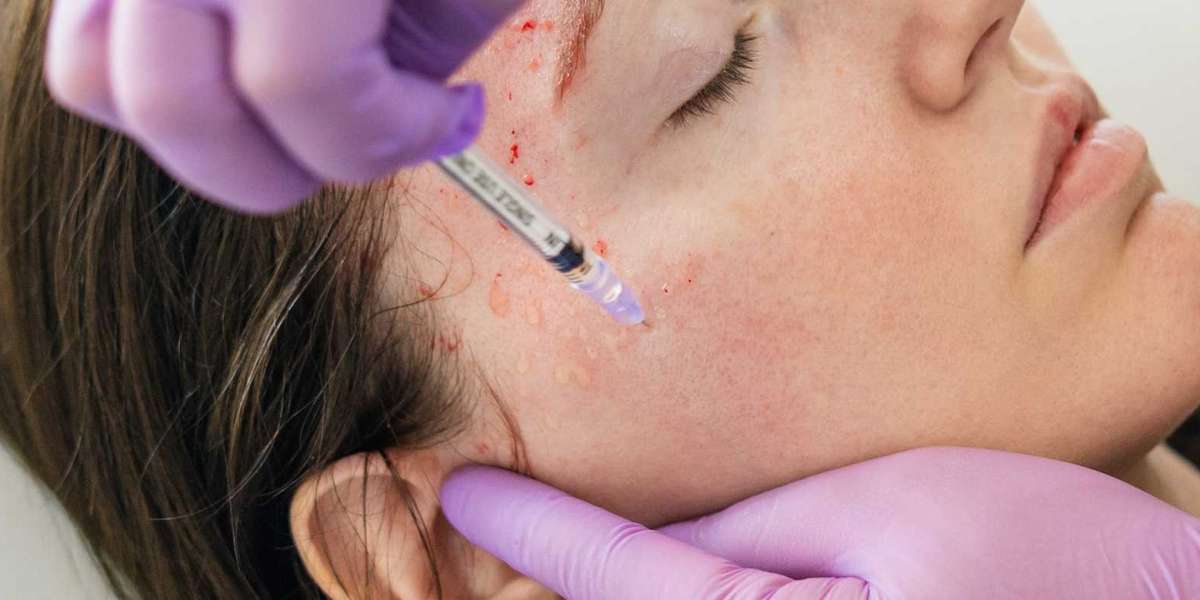In the battle against hair loss and the quest to restore confidence, hair transplant surgery proves to be an exceptionally effective solution. The first and most crucial step is choosing the right clinic. Among the reputable names in the field, The Face Centre distinguishes itself with its exceptional expertise and patient-centered approach, making it a top choice for hair transplant surgery.

In this article everything that you need to know about hair transplantation will be revealed:
Hair transplant surgery stands as a remarkable solution in the fight against baldness, offering a transformative approach to hair restoration. This procedure involves relocating healthy hair follicles from donor areas, usually located at the back or sides of the head, to regions experiencing thinning or hair loss, particularly on the scalp. The primary objective is to stimulate natural hair growth, thereby significantly improving one’s appearance. Performed by skilled medical professionals, this intricate surgery employs advanced techniques such as the renowned Follicular Unit Transplantation (FUT) and the state-of-the-art Follicular Unit Extraction (FUE).
2.Assisting you as you go along the way of hair transplant surgery:
Managing Discomfort Throughout the Procedure As you embark on your hair transplant journey, a local anesthesia ensures the process remains virtually painless. However, some may experience sensations like pressure or pulling, typically described as discomfort rather than pain. After the procedure, as the anesthesia gradually wears off, patients might encounter mild pain, swelling, or soreness at both donor and recipient sites. The good news is that these post-surgery discomforts can usually be managed with over-the-counter pain relievers, as per the surgeon’s recommendation. It’s important to communicate your specific concerns or preferences regarding pain management with your surgeon for a personalized experience.
3.Unpacking Possible Side Effects and Precautions:
Hair transplant surgery is widely recognized for its safety and effectiveness. However, like any medical procedure, it carries potential side effects and risks that necessitate a thorough understanding:
Discomfort: After the surgery, patients commonly experience mild pain, swelling, and soreness at both the donor and recipient sites. These temporary symptoms can be effectively managed with prescribed medications.
Scarring: When Follicular Unit Transplantation (FUT) is used, a linear scar may develop at the donor strip site. Modern techniques aim to minimize scarring, often making it discreetly concealed by surrounding hair.
Infection: Although rare, there is a slight risk of infection at the surgical sites. Adhering diligently to post-operative care instructions substantially reduces this risk.
Bleeding: Minor bleeding during and after surgery may occur, but it typically resolves on its own without intervention.
Swelling: Post-surgery swelling may affect the forehead or eyes, usually subsiding within a few days.
Numbness: Temporary numbness or sensory loss may occur in the donor and recipient areas, but these sensations typically subside over time.
Shock Loss: Existing hair near the recipient area may temporarily shed due to surgical trauma. This is generally a transient phenomenon, with regrowth expected.
Unnatural-Looking Results: While rare, transplanted hair may not achieve the desired natural appearance due to factors such as graft placement, donor suitability, or surgical planning.
Cysts: Small cysts may develop at the recipient sites, often benign and treatable if necessary.
Delayed Hair Growth: The full results of a hair transplant may take several months to a year to fully materialize, with transplanted hair initially appearing thinner before blending seamlessly with existing hair.
Allergic Reactions: Though exceedingly rare, there is a minute possibility of individuals experiencing allergic reactions to surgical medications.













